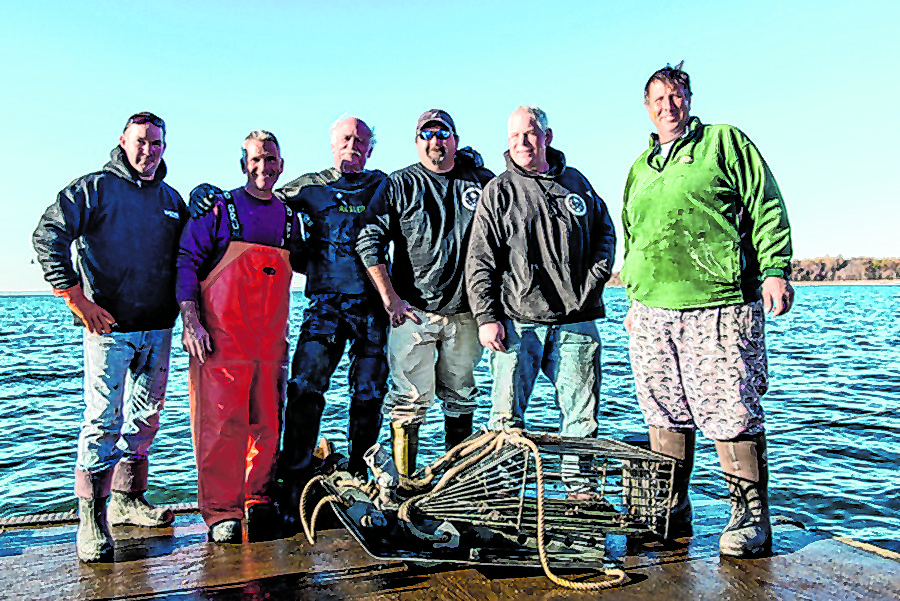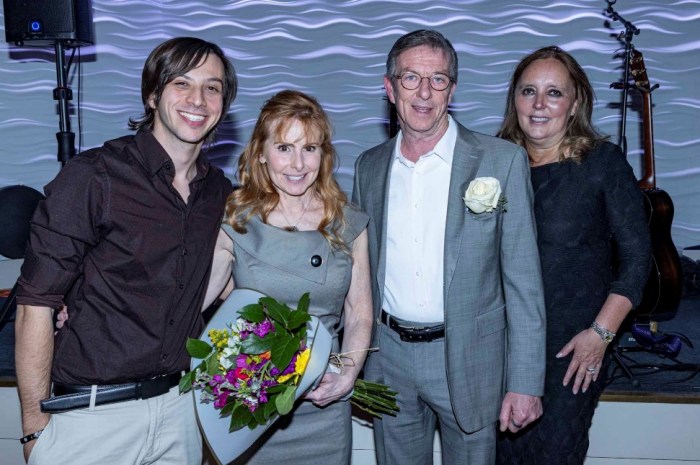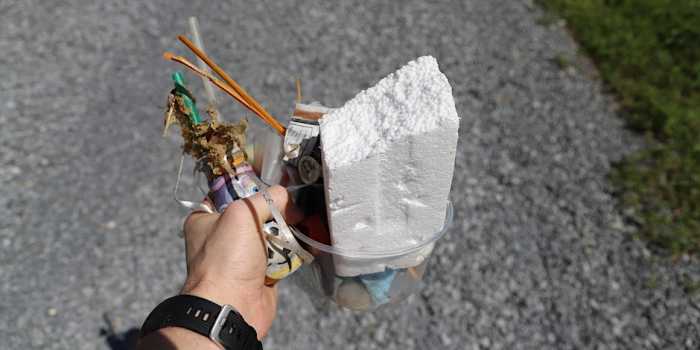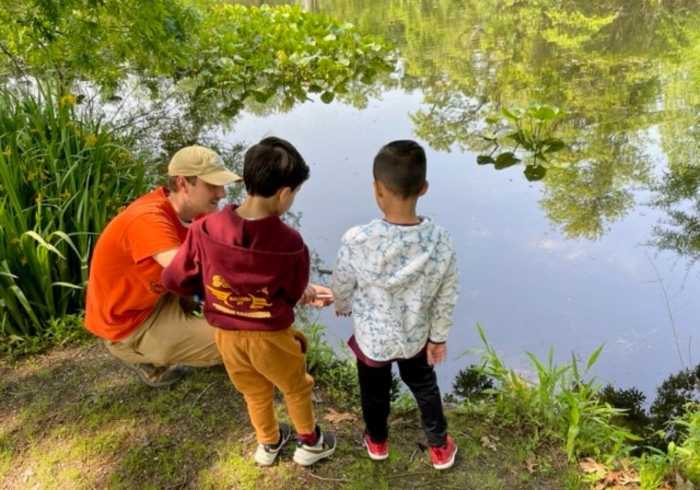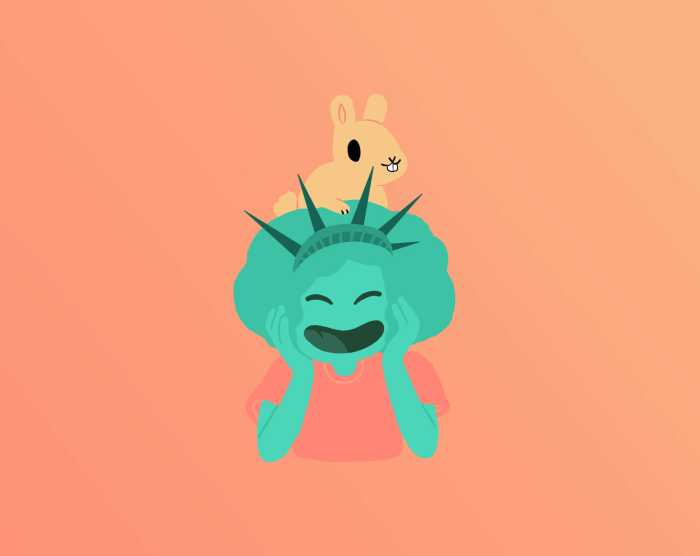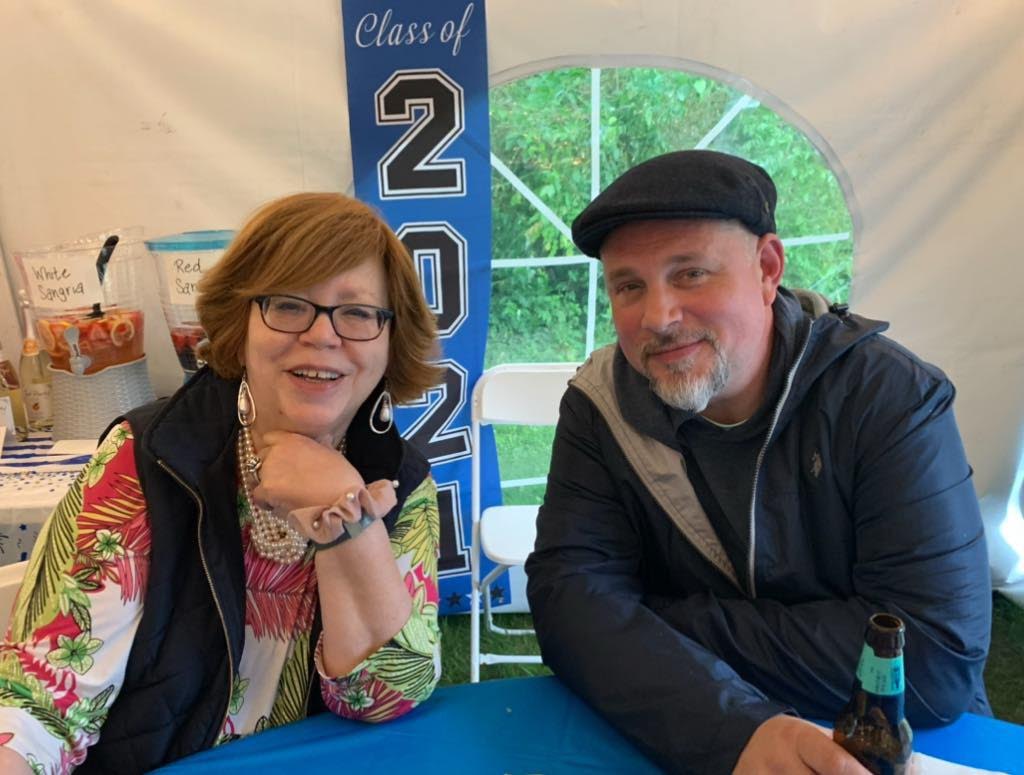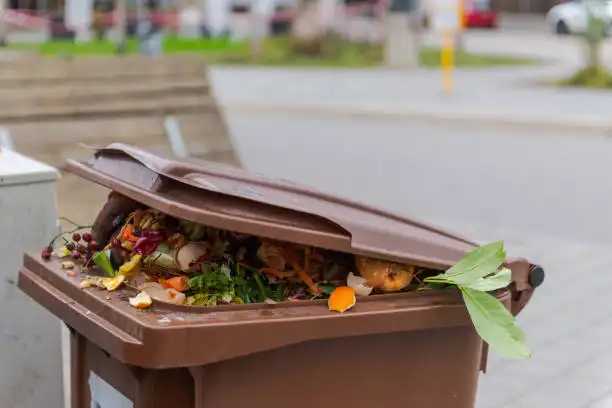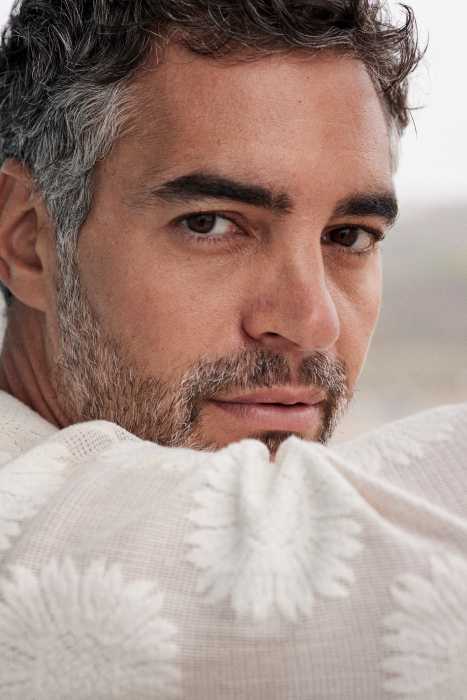It was a sunny day with hardly a cloud as Billy Painter, a bayman or hard shell clammer, went about his business on his boat in the middle of the Long Island Sound. Deep in the water, though, things weren’t quite as calm.
“It’s a beautiful day weatherwise,” Painter said. “As far as clamming, it’s really deteriorated. I’m hoping something can be done to get it better.”
Just weeks earlier on Oct. 1, the Town of Oyster Bay approved a six-month shellfish harvesting moratorium on 1,850 acres of underwater land in Oyster Bay and Cold Spring Harbor.
The town plans to study the water’s bottom in a previously leased area harvested by Oyster Bay-based Frank M. Flower & Sons to evaluate the impact of decades of harvesting. Frank M. Flower & Sons stopped reseeding the area, which the town hopes to repopulate with millions of baby clams and oysters.
Town of Oyster Bay Supervisor Joseph Saladino said this “will help us strengthen the health of the harbor” without impacting shellfish harvesting by baymen on more than 4,000 acres they currently use. Harvesting in other public waters, as Painter does, continues with no changes to access or regulations, so harvesters “can continue their activities without any disruption,” Saladino added.
“We look forward to working with them (baymen) and the Town of Oyster Bay on solutions to the challenges the Bay is currently facing,” said Friends of the Bay Executive Director Christine Suter.
Pushback against the pause
Bob Wemyss, North Oyster Bay Baymen’s Association secretary and a former bayman, however, believes they should open up the entire area to clamming by hand.
“I think it was unnecessary to do the pause,” Wemyss said. “The leased lands were pretty much wiped out. Restricting hand harvesting does nothing to lessen impact on the bay bottom.”
Cashin Associates, a consultant monitoring the impact of the lease, told baymen hand harvesting wouldn’t interfere with data collection.
“There might be discrete areas in the lease (that can be harvested),” Wemyss added. “Since the baymen are suffering from a lack of shellfish, we don’t feel hand harvesting would have any negative impacts on the future viability of this land.”
Wemyss believes disruptions due to hydraulic dredging done by Frank M. Flower & Son on leased land ended a golden age that lasted centuries, although Frank M. Flower & Sons strenuously disagrees.
“The resource isn’t there,” said Wemyss. “There aren’t as many clams, because of hydraulic dredging.”
The town argues the lease’s decision not to reseed without a renewed contract is responsible for the current condition. Frank M. Flower & Sons, shellfishing since 1887 with a slogan of “a local legacy of sustainable aquaculture,” sees things differently.
“Town officials epically failed to mitigate overharvesting and predation on the public grounds,” the company posted on its Facebook page.
Peer-reviewed research by government and academia, they say, shows their harvesting did “not harm the environment,” reducing nitrogen contamination, which they call a “leading cause of water quality degradation.”
Difficulties led to dwindling numbers of baymen, which Wemyss estimates at around 70, down from 200, which he attributes in part to damage from hydraulic dredging.
“That was their mechanism for harvest. The sediment resuspension is upwards of 1,400 cubic yards a day from a dredge,” Wemyss said. “That layers fine sediment over the bottom, which smothers shellfish larva.”
The dredging debate
Hydraulic dredging was allowed only on leased land, but Wemyss believes it shouldn’t be, or should be limited, while Frank M. Flower & Sons disagrees.
Weymms said dredges dug 18 inches into the bottom, while clams only live about three, an unsettling ground unnecessarily. “There was no provision in the lease that restricted the harvest method,” he said.
Frank M. Flower & Sons argues they never violated laws and science is on their side.
Wemyss believes insufficient environmental review was done and appropriate review would limit hydraulic dredging. The dredging, Wemyss believes, impacted land far beyond the leased area, as sediment settled beyond it, smothering shellfish larva.
Weymms advocates for “a comprehensive shellfish management plan” developed through SEQRA, the state’s environmental quality review act process.
“We want then to follow the SEQRA act to the letter,” said Weymms, noting the North Oyster Baymen’s Association sued to compel this. “The case is still languishing in the Nassau County court system.”
Baymen’s dilemma
Baymen have traditionally had other ways to make money, because “diversification is critical,” Weymms said. Seventy to 90 percent have other income, such as part- or full- time jobs as mechanics, carpenters and construction workers, or fishing different areas, Weymms added.
“A lot of baymen have engaged in fisheries and then come back and go clamming,” Weymms said. “In a lot of ways, being a bayman, you’re part of the gig economy.”
Despite the term “bayman,” he said, there are women, but he believes “bayperson” or “baywoman” just “doesn’t roll off the tongue the same way.”
Baymen fish for striped bass, oysters, clams, scallops, mussels and steamer clams off small boats in bays and areas such as Oyster Bay, in the Long Island Sound, the Great South Bay and environs.
Oyster Bay baymen are licensed by the town of Oyster Bay to harvest shellfish within the town of Oyster Bay, including mussels, hard clams, steamer clams, oysters and any other commercially valuable shellfish, since towns have regulatory authority over shellfish, but not fin fish. They must also have a license from New York State, so they can shellfish in all New York State waters.
“Most baymen harvest bay shellfish in the town where they’re residents and licensed,” Weymms said. “They can also harvest shellfish in state waters.”
Some baymen also harvest fin fish such as eels, flounder and blackfish, not controlled by the town. Most have a shippers’ license, so they can sell to restaurants and other wholesale dealers as well as licensed shellfish shippers.
Tricks of the trade
Although shellfishing in Oyster Bay is tougher than it once was, Weymms said baymen bring experience and expertise.
“Baymen are notoriously secretive about where they find the shellfish that they harvest,” Weymms said. “Because they’re professional baymen, they know where they caught shellfish in the past. They can find and harvest shellfish.”
More licensed baymen work in warmer months in spring, summer and fall, while hardcore baymen like Billy Painter work year-round.
Painter said on his boat. “At the end of the tubing is a stainless steel rake today with 3.5 inch teeth to scratch the bottom.”
It’s a meticulous process designed to harvest shellfish or rake clams without disturbing nature, an almost loving way of treating underwater land. It’s also becoming increasingly rare.
An iron spirit
Weymms clammed happily from 1980 to 2004, before becoming a union iron worker, in part as shellfishing got tougher.
“After the towers at the trade center went down, since I had welding skills, I went in on the demolition at the trade center,” he said. “And I became an iron worker.”
He made a career change to union construction, remaining involved with baymen fighting hydraulic dredging.
“You do it to make a living,” Weymms, who has houses in Huntington and Westchester, said of a passion and profession. “And you do it because it gets into your blood. They have a simple lifestyle with low costs, so they can stay working on the bay.”
The town of Oyster Bay, caught in the middle of this great bay debate, believes not reseeding hurt the profession. Weymms believes it’s “anthropogenic causes” such as hydraulic dredging.
“It was a mistake when they allowed the unbridled use of mechanical means with hydraulic shellfish dredges,” Weymms said.
Frank M. Flower & Sons believes not extending their lease, which ended Sept. 30, caused problems since they annually planted 50 million to 100 million clams and oyster seeds.
“Aquaculture is an extremely expensive venture,” they wrote on Facebook, noting with no lease they couldn’t “see the fruits of our hard work and investment.”
What does the future hold? A feud continues over precious underwater real estate, while solutions are debated that may determine the fate of a legendary, local industry.
“More who were making a living in Oyster Bay are turning to other waters,” Weymms said of the current state of affairs. “Or other ways of making a living.”




